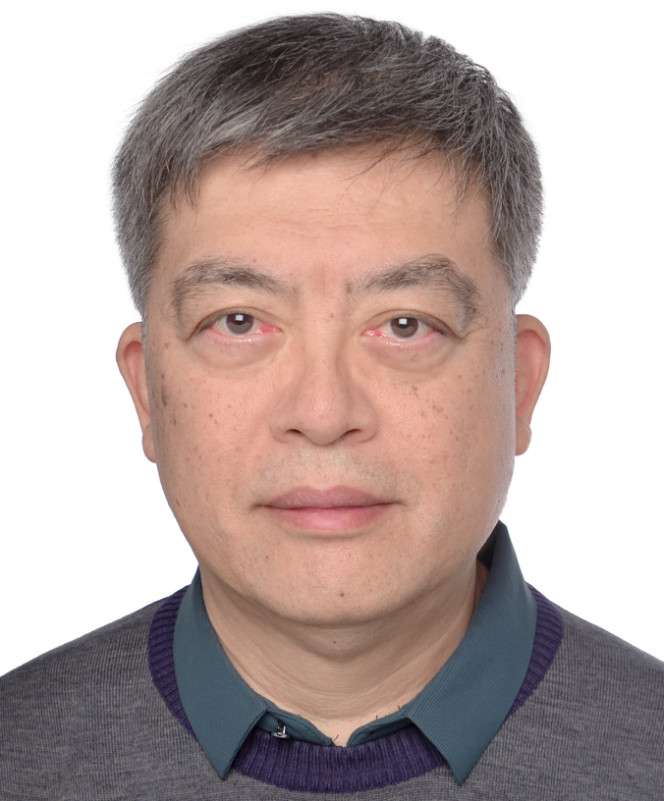A strongly interacting gas of excited atoms offers the first chance to examine a stable, rule-breaking quantum phenomenon at room temperature.
A ‘time crystal’ has recently been created at room temperature for the first time, according to the researchers from China, Denmark and Austria1. And the stability and practicality of their method of creation has opened the door to a much wider study of these rule-breaking, rhythmic quantum systems.

To form a ‘time crystal’— an interacting quantum system that can oscillate indefinitely without losing energy — Tsinghua researchers used lasers to excite rubidium-85 atoms into Rydberg states so that they synchronized to form a stable, moving system.
Time crystals have nothing to do with crystals created by minerals; instead, they are systems of quantum particles that in their lowest-energy state begin to synchronise and move together in a repetitive asymmetric motion. First proposed by Nobel laureate, Frank Wilczek, in 2012, in theory these systems don’t lose energy to the environment and thus could potentially move forever, explains the study’s lead author, Li You, a physicist at Tsinghua. However, it’s understood that in reality they are impossible systems to maintain indefinitely without outside manipulation.
The stability of You’s new quantum systems arises from feedback dynamics created by the simultaneous excitation of atoms into Rydberg states — highly excited states in which a valence electron orbits far from the atom’s nucleus — as well as the steady pumping of external lasers, to balance the atoms’ energy loss.
The hope is that stable ‘time crystals’ like this could be useful for ultrasensitive quantum sensing technologies and quantum computer memory. But, until now, creating time crystals has required expensive ultracold conditions and lasers that easily disturb a cold quantum system’s stability.
Making a time crystal
You and his Tsinghua colleagues — working with researchers from the Beijing Academy of Quantum Information Sciences, in China, Aarhus University, in Denmark, and the Vienna University of Technology, in Austria — created their room temperature time crystal by coupling lasers to excite the electrons in a ‘cloud’ of rubidium-85 Rydberg atoms.
A Rydberg atom is defined by having a single, highly excited, negatively charged electron that orbits a long distance away from the nucleus and the rest of the electrons. This large spatial separation also creates an oscillating electric dipole — which is when two nearby Rydberg atoms move back and forth due to the slightly changing electric charges brough about by the movement of their furthest electrons, which is called an ‘electric dipole-dipole interaction’. This helps with the creation of a gas cloud of Rydberg atoms that naturally synchronize to form a stable, moving system — also known as a time crystal.
In their experiments, You and his colleagues continuously excited the atoms of a metal isotope, rubidium-85, into Rydberg states to form a time crystal. They then maintained the time crystal at room temperature, with virtually no loss of atoms from the system.
“In principle, the lifetime of the observed time crystal is long, essentially infinite,” says You. The time crystal was able to be indirectly identified by oscillations in the transmission of light through the gas, he adds. The fact that these oscillations were long lasting and robust against noise strongly indicated the presence of a continuous time crystal with potentially infinite stability.
Atom avalanche
This experiment has already triggered an avalanche of research activities in Rydberg atom gases, You says, as their simple and promising platform allows for much easier exploration of the fundamental properties of time crystals.
One hope is that their time crystals could allow engineers to design high-precision sensors that use stable systems of Rydberg atoms to sense quantum level disturbances that disrupt the system over time.
“Our discovery opens up new possibilities for the study of this fascinating state of matter across time,” says Li.

Physicist Li You and his colleagues have created what they believe is the first time-crystal at room temperature.
Reference
Wu, X., Wang, Z., Yang, F., Gao, R., Liang, C. et al. Dissipative time crystal in a strongly interacting Rydberg gas Nature Physics 20, 1389-1394 (2024). Doi: 10.1038/s41567-024-02542-9
Editor: Guo Lili